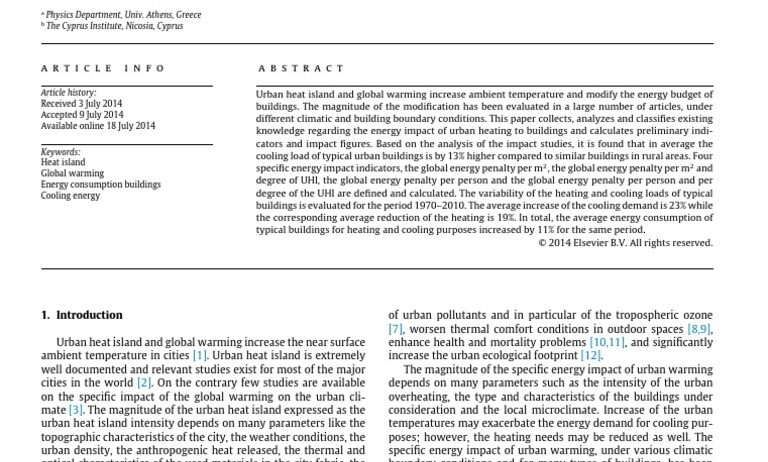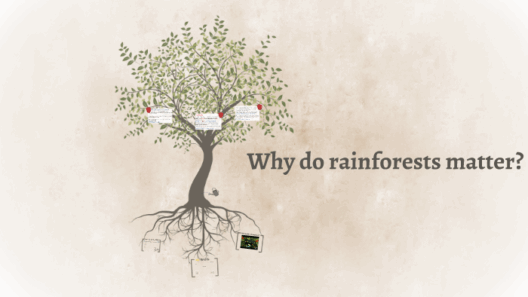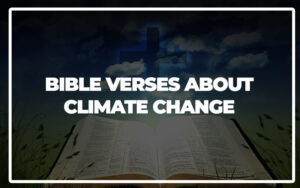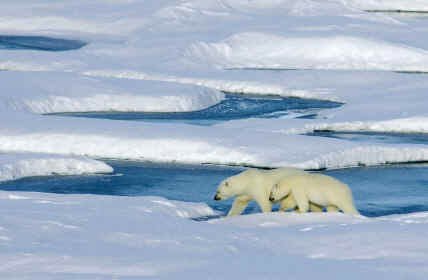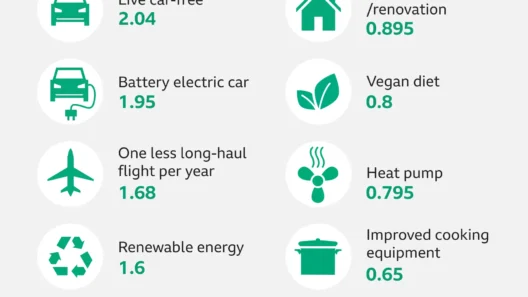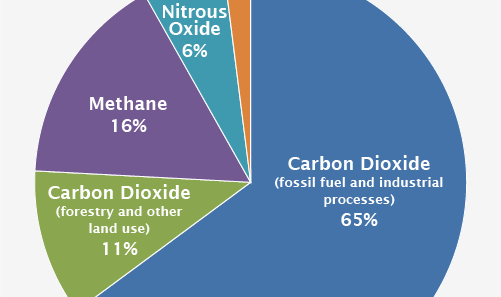The phenomenon of urban heat islands (UHIs) has attracted considerable scrutiny in recent years, particularly in the context of climate change and global warming. Urban heat islands refer to metropolitan areas that experience significantly higher temperatures than their rural surroundings. This temperature differential can be attributed to multiple factors, including human activities, land use changes, and the physical characteristics of urban environments. A closer examination reveals how these localized temperature increases contribute to the broader narrative of global warming.
At a fundamental level, urban heat islands illustrate the effects of anthropogenic changes on the natural environment. Cities are often characterized by a predominance of concrete, asphalt, and other materials that absorb and retain heat. This phenomenon can elevate local temperatures by as much as 5 to 10 degrees Fahrenheit, compared to adjacent rural areas. This elevated temperature creates an environment where energy consumption is invariably higher. Air conditioning units and electrical appliances work overtime to counteract the heat, leading to increased greenhouse gas emissions, which are a major driver of climate change.
The relationship between urban heat islands and energy consumption is particularly concerning. As cities expand, the demand for cooling systems rises sharply. It has been documented that in areas suffering from UHI effects, energy consumption can increase by up to 30 percent during peak summer months. This surge in energy demand not only places a strain on existing infrastructure but also results in higher emissions of carbon dioxide and other pollutants from power plants, compounding the existing issue of global warming.
Additionally, urban heat islands exacerbate the impacts of climate change on human health and well-being. Elevated temperatures can worsen air quality, leading to an increase in ground-level ozone, which is harmful to respiratory health. Vulnerable populations, such as the elderly, children, and those with pre-existing health conditions, face heightened risks. This health crisis is compounded by the fact that climate change is expected to increase the frequency and intensity of heatwaves, creating a vicious cycle where UHI effects amplify the adverse health impacts of climate change.
Moreover, the effects of UHIs extend beyond human health into the realm of biodiversity. Urbanized landscapes can become inhospitable to many plant and animal species, which struggle to adapt to the altered climatic conditions. The prevalence of heat can lead to habitat fragmentation, diminishing the viability of urban ecosystems and causing shifts in species distribution. This disruption can have cascading effects on local food webs and biodiversity, further weakening ecological resilience against climate change.
The infrastructure of urban areas plays a pivotal role in the exacerbation of urban heat islands. The extensive use of dark surfaces—rooftops, roads, and pavement—contributes significantly to heat absorption. This heat retention can create a blanket effect, trapping warmth in the urban environment. Furthermore, the lack of vegetation and green spaces in many cities limits the natural cooling effects provided by plants, which help to mitigate elevated temperatures through shade and evapotranspiration.
To counteract these detrimental UHI effects, urban planners and policymakers are increasingly recognizing the importance of integrating green infrastructure into existing cityscapes. Implementing strategies such as green roofs, urban forests, and permeable pavements not only helps to lower surface and air temperatures but also improves stormwater management, which is crucial for combating flooding—a result of climate change. The introduction of green spaces can also contribute positively to urban aesthetics, making cities more livable and attractive.
Furthermore, the urban heat island effect whitewashes the social and economic disparity often present within cities. Low-income neighborhoods frequently lack the investment in green infrastructure and cooling amenities, exposing vulnerable populations to elevated temperatures and health risks. This inequity highlights the need for socially just climate solutions that address both UHI effects and broader societal issues. Implementing green initiatives in underserved areas can significantly ameliorate the impacts of urban heat on these communities.
As cities continue to grapple with the effects of climate change, the ramifications of urban heat islands cannot be overlooked. They contribute to global warming through enhanced energy consumption, increased greenhouse gas emissions, deteriorating public health, and biodiversity loss. The interrelatedness of these factors presents a complex challenge that demands multifaceted solutions. Urban planners, scientists, and policymakers must collaborate to develop innovative strategies aimed at heat mitigation while ensuring inclusivity and resilience against the impacts of climate change.
The fascination surrounding urban heat islands lies not only in their immediate effects but also in the broader implications they hold for future urban planning and climate policy. Addressing UHIs is not merely about cooling cities but about fostering sustainable urban environments that can withstand the tests of climate change. The need for immediate action is evident; understanding and mitigating urban heat islands is critical for the future resilience of urban habitats in an increasingly warming world.



